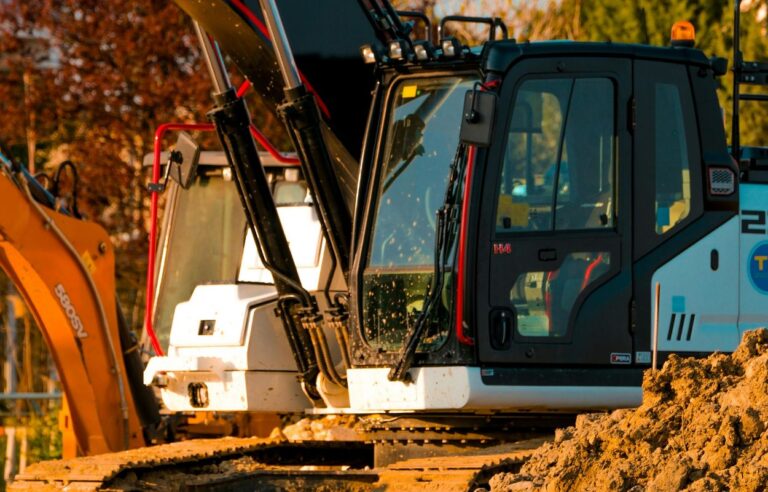
Mold is a type of fungus that loves moist, warm places. It grows on things like walls, carpets, and even food. While some molds are harmless, others produce tiny spores and toxins that can cause health problems. When pets breathe in these spores or come in contact with mold, they can develop serious issues.
Many people don’t realize that pets are often closer to the ground where mold spores tend to settle. So, pets are more likely to inhale or come in contact with mold without anyone noticing. This makes mold abatement in Nanaimo an important topic for pet owners, especially in humid or rainy climates where mold grows faster.
COMMON SIGNS OF MOLD EXPOSURE IN PETS
Pets can’t tell us when they don’t feel well, so it’s important to know what signs to look for. Mold exposure can affect dogs, cats, birds, and other small pets differently, but some symptoms are pretty common across all animals.
-
Coughing and Sneezing: Just like humans, pets can cough or sneeze when their respiratory system gets irritated by mold spores.
-
Excessive Itching or Skin Rashes: Mold can cause allergic reactions. If your pet scratches more than usual or develops red, irritated skin, mold might be the culprit.
-
Eye Irritation: Watery or red eyes can also point to mold exposure.
-
Fatigue and Weakness: Pets might seem tired, less active, or lethargic.
-
Loss of Appetite: If your pet suddenly doesn’t want to eat, it could be due to mold affecting their health.
-
Difficulty Breathing: This is a more serious sign and means you should get your pet checked immediately.
If you notice any of these signs, especially if they last more than a day or two, it’s best to call your vet.
WHICH PETS ARE MOST AT RISK?
All pets can be affected by mold, but some are more vulnerable than others. Small animals like rabbits, guinea pigs, and birds have sensitive respiratory systems, making them highly susceptible to mold spores. Cats and dogs, especially those with pre-existing allergies or asthma, are also at risk.
Pets with weakened immune systems, such as older animals or those recovering from illness, may have a harder time fighting off the effects of mold exposure. If you have a pet like this, you should be extra careful about mold in your home.
COMMON SOURCES OF MOLD IN PET ENVIRONMENTS
You might be wondering, “Where exactly can mold grow around my pets?” The answer: almost anywhere moisture builds up. Here are a few common places to check:
-
Basements and Crawl Spaces: These areas are often damp and dark, perfect for mold growth.
-
Bathrooms and Kitchens: Leaky pipes or poor ventilation can cause mold to grow on walls or under sinks.
-
Pet Bedding: Wet or damp bedding can develop mold quickly.
-
Carpets and Rugs: Mold spores settle here, especially if there’s been a spill or water damage.
-
Food Bowls and Storage Areas: Mold can grow on old or damp pet food if not stored properly.
Keeping these places dry and clean is a good way to prevent mold buildup.
HOW MOLD AFFECTS PETS’ HEALTH
Mold spores can cause a range of health problems in pets. For many, mold exposure triggers allergic reactions, leading to skin and respiratory issues. But in some cases, toxic molds produce mycotoxins that can poison your pet.
Pets exposed to these toxins may experience vomiting, diarrhea, seizures, or even organ damage. The severity depends on how much mold they were exposed to and their overall health. Because mold spores are tiny and can float in the air, pets can easily breathe them in, especially if they spend a lot of time indoors.
If you suspect your pet has been exposed to mold, it’s important to act quickly. A vet can run tests and provide treatment to prevent serious complications.
WHAT CAN YOU DO TO PROTECT YOUR PET FROM MOLD?
The good news is, you can take simple steps to protect your pets from mold exposure. Here’re a few suggestions:
-
Keep Your Home Dry: Use dehumidifiers or fans to reduce moisture. Fix leaks promptly.
-
Improve Ventilation: Open windows when weather allows. Proper airflow helps stop mold growth.
-
Clean Regularly: Vacuum carpets, wash pet bedding often, and clean areas where your pet spends time.
-
Check Hidden Areas: Don’t forget to inspect basements, crawl spaces, and behind appliances.
-
Store Pet Food Properly: Keep dry food sealed and avoid leaving wet food out for too long.
-
Use Mold Abatement Services: If you notice mold or suspect a problem, hire professional mold abatement in Nanaimo to get the job done safely and effectively.
WHY PROFESSIONAL MOLD ABATEMENT IN NANAIMO IS A SMART CHOICE
Dealing with mold isn’t always easy. Sometimes, it hides in places you can’t see or reach. That’s why professional mold abatement in Nanaimo is so important. Experts can inspect your home thoroughly, identify all mold sources, and remove them safely.
Professionals use specialized equipment and cleaning agents that kill mold and stop it from coming back. Plus, they can fix underlying moisture problems to keep your home safe long-term. This kind of service protects both your family and your pets from the dangers of mold exposure.
FINAL THOUGHTS ON MOLD AND PETS
Our pets give us so much love and companionship. It’s up to us to keep their homes safe and healthy. Mold might seem like a small problem, but it can cause serious health issues for your pets if left unchecked.
By knowing the signs of mold exposure and taking steps to prevent it, you help your furry friends live happier, healthier lives. Remember to watch out for symptoms, keep your home dry, and don’t hesitate to call in the pros for mold abatement in Nanaimo when needed.
If you’re ever unsure, your vet and local mold experts can guide you. After all, protecting your pets from mold is a part of caring for the whole family!
If you want help with mold concerns or just want to chat about keeping your pets safe, we’re here for you!



